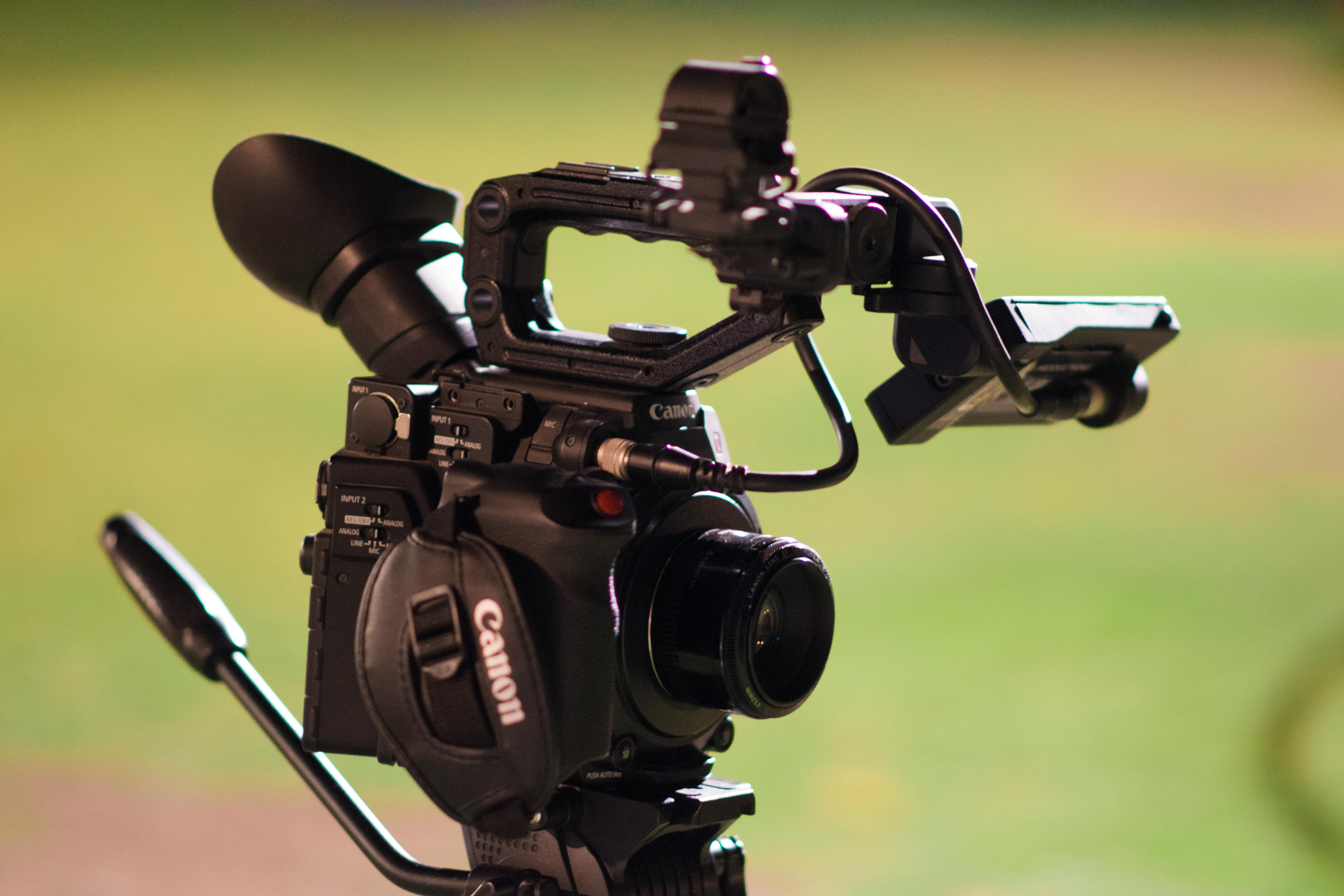One of my favorite speakers in college was a professor who was also on the staff of the church I attended. He had an incredible repertoire of sound effects for his speeches and sermons. When telling an Old Testament story about someone being stabbed with a sword, there was a specific sound for it. He could imitate the sound of a slingshot, a punch, a slap, a fall, etc. He was also a great visual communicator who had gestures that matched his sound effects in his speeches and sermons. It was fun to listen to and made us all want to listen to it over and over again.
Great storytellers are often good at using sound effects in their speeches to illustrate the events of their story. This is a topic that is often overlooked in our speech, preaching, and presentation classes. Although we enjoy listening to it personally, most of us are not used to using sound effects in our sermons or are afraid to use them for fear of embarrassing ourselves.
Sound effects visualize the action of the story. Sound effects emphasize the action of the story. It’s a way of vocally underlining or bolding the action you’re describing. Sound effects have a way of winning and regaining the audience’s attention. Using this technique in a speech is fun for the audience and even for the speaker. It’s all Harpo ever wore!
An example of the effective use of sound effects is comics. Comic books that have been made into movies have been successful at the box office in recent years. Comics or graphic novels that have been made into movies recently are Transformers, The Incredible Hulk, Fantastic Four, X-Men, Superman, Spiderman, Ironman, Batman, or The Dark Knight, to name a few. All this attests to the popularity of this genre. Comics are well known for their graphic sound effects. These animators are experts in creating onomatopoeic images and words that describe the action. Words like “thud, thwaak, aaugh, bam, pow, thweek, and splat” are descriptive and fascinating. Comics tell the story in an extremely visual way, through images. They are restricted by not being able to use sounds as they are merely print media so they make up for it with words like “BANG!!!”
If you have kids, you’ve probably used a sound effects storybook. These types of children’s books use words, pictures, and sounds to tell the story and entertain the child. Usually there is an image in the story for a specific action, such as the image of a duck. The side panel of the book has corresponding images. Reading the story and coming to the image of the duck, the parent or child can press the corresponding image on the side panel and here the sound “quack, quack, quack!” Most parents would tell you that their young children can sit for HOURS and interact with a story like that.
Before television was in every home 24 hours a day, the radio was the place where the family gathered to listen to good stories. There were great shows like Fibber McGee, The Lone Ranger, and The Thin Man. Radio was and is limited by the fact that it’s not visual. The narrator could not use facial expressions, gestures, or Powerpoint to tell the story. The radio host then as now had to communicate everything through his choice of words, choice of voices, and sound effects. Common radio sound effects can be someone walking down a hallway, going up stairs, knocking on a door, opening and closing a door, wind blowing, thunder, laughter, etc. The listeners’ imagination would fill in the blanks.
How do public speakers use sound effects to enhance their speeches, sermons, and presentations? Obviously, unless you’re a comedian, you don’t want to be under the pressure of always making people laugh using sound effects. You want to be a good storyteller and be entertaining enough to grab the attention of your listeners.
If you preach, a good place to use sound effects in your sermon is when you tell Bible stories. There are so many exciting stories that are very loved. What did it sound like when Davd’s stone hit Goliath’s forehead? When Goliath crashed to the ground? When his squire whizzed away? What did it sound like when Jonah was swallowed whole by the fish? When the fish spit it out on the shore? How did it sound when the prodigal son got into the mud of the pigsty?
Another good place for any speaker to use sound effects in their speech is in other stories or illustrations. For some people this is natural, others have to stop and think about it. Just think about what action is taking place in your story. How does it sound when the car stalls on the brakes, when the bus speeds by, when your wife kisses you? You have to practice making these sounds at home. And of course you can bring things to the platform that do the sound effects for you. Bring wooden blocks, bring cymbals, bring a triangle, bring a duck caller, bring an air horn (trust me, that will wake them up!). Sound effects are not the main point of the speech or sermon. Think of them like any other illustration or object lesson. They are simply used to enhance the message. However, if you ignore this aspect of speaking, then you’re missing out on a highly entertaining, enlightening, and memorable weapon in your speaking arsenal, and your audience is missing it, too.
Apply this immediately. Practice a new sound this week. Start creating your own directory. Add some “BANG” to your speech or sermon. See what kind of response you have.
